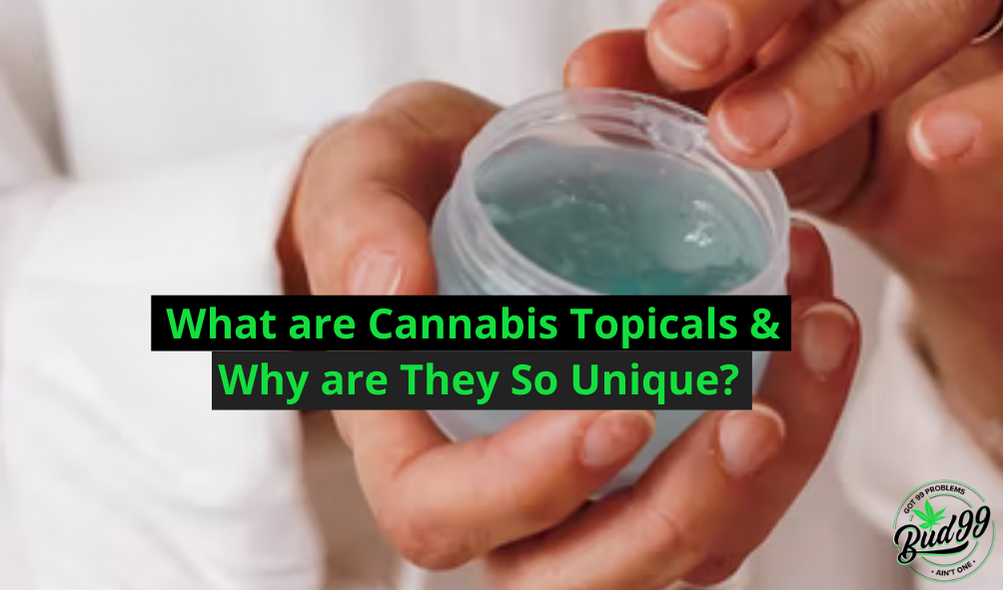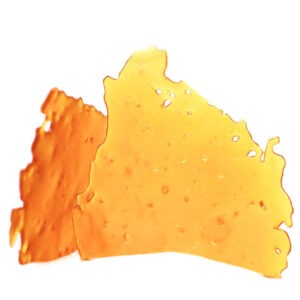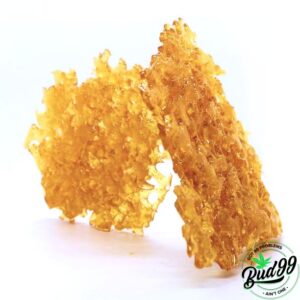Did you know that you can put cannabis directly on your skin? You might not have heard of them but there are cannabis-infused balms and creams that make for effective first aid treatments as well as cosmetic applications. Simply put, cannabis topicals are balms, lotions, oils, creams, sprays, and salves that can be used for various purposes, including first aid, cosmetics, and skincare. Although many people are already familiar with the concept of medical cannabis, only a few realize its wide range of topical applications.
Both these cannabinoids, along with the plant’s other minor compounds engage specific receptors on the skin surface called cannabinoid receptors. Research has shown that these cannabinoid receptors regulate skin inflammation, which is part of the immune response of the body. Evidence suggests that cannabinoid receptors lend a hand in sebum production, which is the natural oil produced by the skin. Sebum is essential in waterproofing the skin and is a factor in acne and the occasional breakout.
Topical cannabis applications have been used for many years. In fact, early mixtures of cannabis flowers and honey were used by ancient Egyptians to help with pain during childbirth. In ancient China and in some parts of Europe, cannabis poultice and other topical remedies were used on wounds. Aside from consuming this plant orally, topical marijuana was another major way that humans have used this herb throughout history. In modern applications, here are some ways topical cannabis is used for:
- Anti-inflammatory. From sprains to burns to infections, cannabis topicals are potent anti-inflammatories. They offer localized relief, so you do not have to take a systemic medication. Although extreme cases of inflammation will usually not require reinforcement, some common ways patients use cannabis topicals include swelling, bruises, muscle pain, and burns.
- Antiseptic. Cannabinoids have been found to be effective against Methicillin-resistant Staphylococcus aureus which is resistant to antibiotics. According to evidence, THC and CBD contain compounds that hold antimicrobial qualities which protect the plants from harmful pathogens. These same qualities can give cannabis its powerful antiseptic properties.
- Pain relief. Aside from being anti-inflammatory, this herb is also an analgesic. According to surveys, medical marijuana patients prefer them over conventional painkillers. However, we have yet to have sufficient human research on whether topical cannabis can ease severe pain from conditions like muscle strain and arthritis.
- Anti-aging. Cannabis is known to be a potent antioxidant that prevents DNA and cell damage caused by free radicals. Most free radicals come from external sources, including UV radiation and pollution, and contribute to wrinkles and fine lines on the face. Many cosmetics and beauty products now come infused with the anti-aging potential of cannabinoids.
- Acne control. Research has shown that the non-psychotropic CBD might reduce excess oil in the skin. Also, with its known antiseptic properties, CBD is a compound of interest in acne skin care.
- Anti-cancer. There is a growing number of evidence showing that cannabis can help with combatting cancer. Although we have yet to see significant human trials, preliminary studies have shown that topical cannabis applications can help with managing pain and even healing malignant wounds.
Infused topicals will not get you high. They work because of the unique phytochemicals found in the cannabis plant which include cannabidiol (CBD) and tetrahydrocannabinol (THC). THC is the main psychoactive compound in the plant, which causes the famous high. However, when applied topically, it does not have any mind-altering effects. Rather, it works locally to ease pain and reduce inflammation. CBD, on the other hand, is the second most abundant compound in cannabis and has not systemic effects when applied topically.





